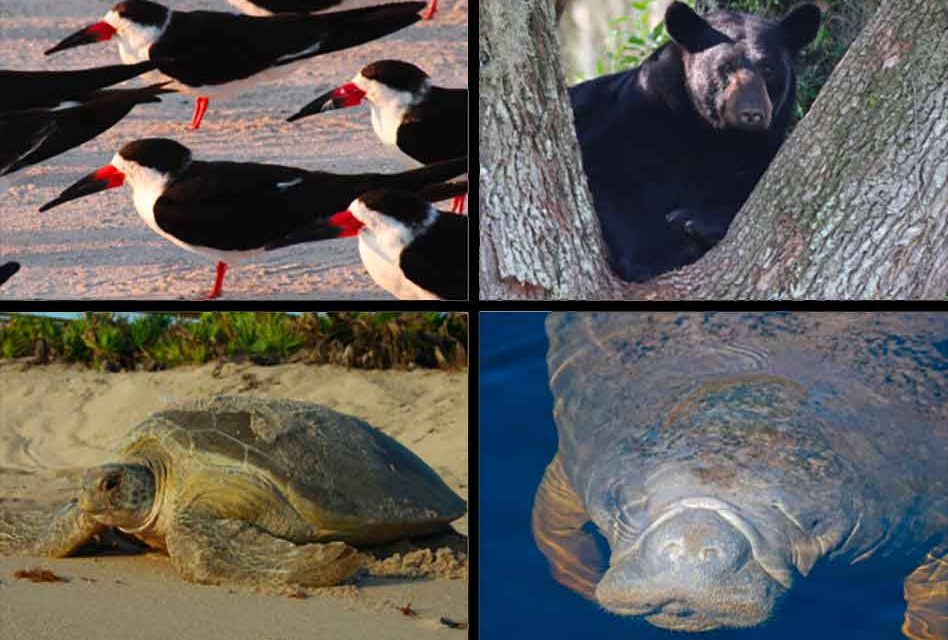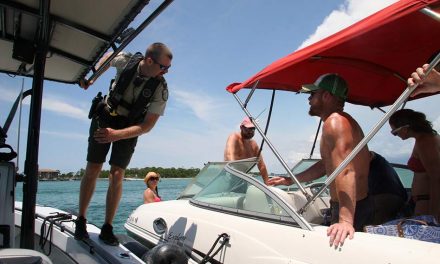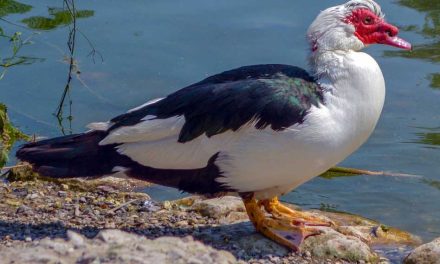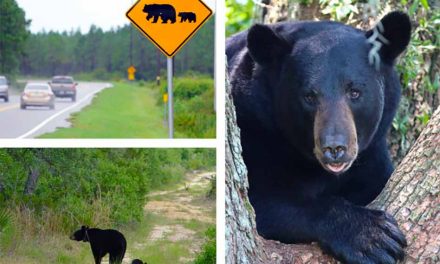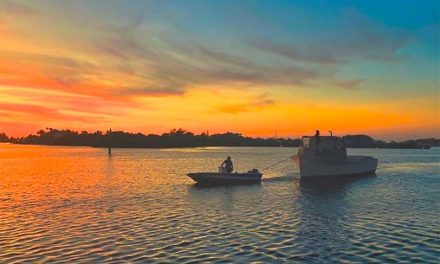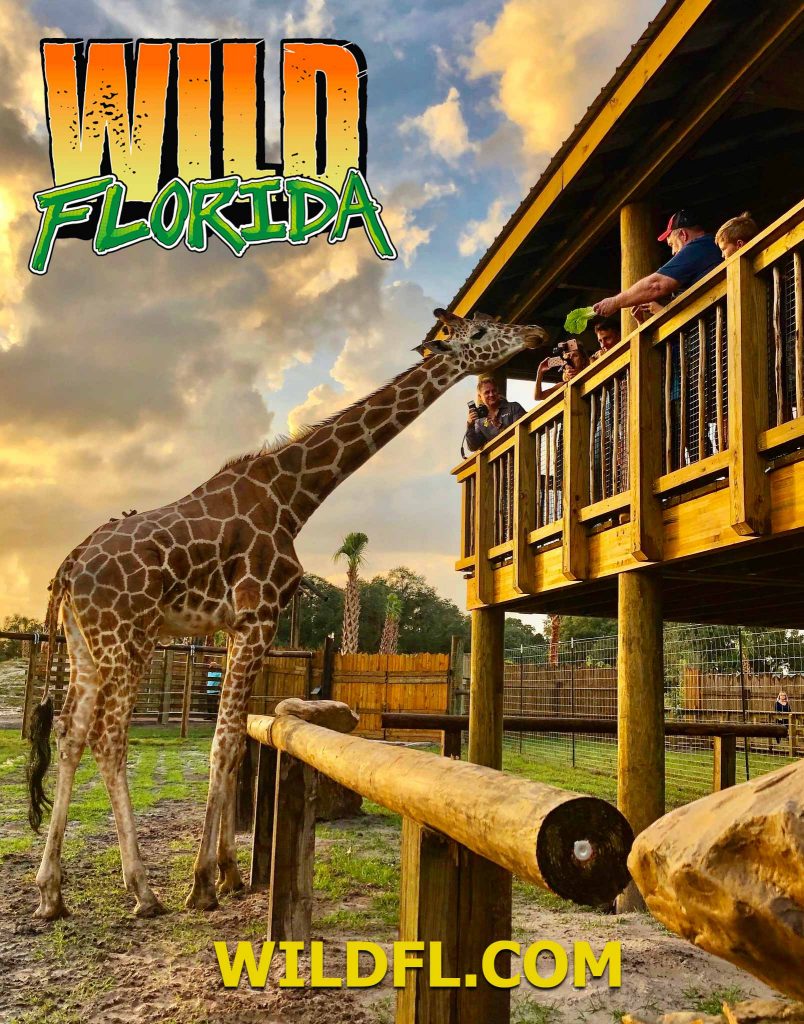Spring is an active season for Florida wildlife and the Florida Fish and Wildlife Conservation Commission (FWC) is reminding residents and visitors how to help conserve native species and reduce conflicts with them. As the weather warms, many species begin to migrate, mate, feed and nest. This increased level of wildlife activity means that people are more likely to encounter wildlife and should take precautions to avoid disrupting these natural behaviors and prevent conflicts with wildlife.
Tips on how to enjoy and help conserve Florida wildlife during spring:
- Sea Turtles – These large marine reptiles start to nest in spring. You can help by keeping beaches dark at night and free of obstacles during their March through October nesting season. Artificial lighting can disturb nesting sea turtles and disorient hatchlings, so avoid using flashlights or cellphones on the beach at night. Turn out lights or close curtains and shades in buildings along the beach after dark to ensure nesting turtles aren’t disturbed. Clear away boats and beach furniture at the end of the day and fill in holes in the sand that could entrap turtles.
- Manatees – Chances of close encounters between manatees and boaters increase in the spring, as manatees leave their winter use areas and travel the coastal waterways along the Atlantic and Gulf coasts and other inland waters. For boaters, it is a critical time to be on the lookout for manatees to avoid collisions with these large aquatic mammals. Boaters should follow posted speed limits as many areas have seasonal zones in spring that reflect manatee migration patterns.
- Gopher Tortoises – Spring days are a good time to spot a gopher tortoise, as Florida’s only native tortoise becomes more active, foraging for food and searching for a mate. If you see gopher tortoises or their half-moon shaped burrow entrances, it is best to leave them alone. You can help a gopher tortoise cross a road, by picking it up and placing it in a safe location along the roadside in the direction it was heading. But only do this if it is safe for you to do so, andRemember the tortoise is a land animal, so never attempt to put it into water.
- Nesting Birds – Keep your distance from shorebirds and seabirds on the beach and wading birds nesting on mangrove and tree islands. If birds become agitated or leave their nests, you are too close. Disturbance can cause birds to flush from their breeding sites, which exposes their eggs and chicks to predators and extreme heat. Egg temperatures can increase to lethal levels after just a few minutes of direct sun exposure. Shorebirds and seabirds nest in shallow scrapes in the sand and their eggs and chicks are well-camouflaged, making them vulnerable to being stepped on unless people look out for them and avoid walking though flocks of birds.
- Bears – As spring temperatures warm, bears become more active, increasing the opportunities for conflicts with people. During this time of year, females are teaching their cubs what to eat and the skills necessary to survive. Do your part to make sure eating garbage, pet food or bird seed in your yard is not part of that learning experience by removing attractants from your property. If they can’t find food, bears will move on.
- Bats – Spring is when bats start to give birth and raise their young. Bat maternity season starts April 15 and runs through Aug. 15. During this time, it is illegal to block bats from their roosts. If bats are excluded during maternity season, flightless young can be trapped inside the structure and die. Therefore, now is the time to check your home for any entry points, ensure that no bats are present and make any necessary repairs. If bats are found, you should take steps now to exclude them before bat maternity season begins. Exclusion devices, which allow bats to exit a structure but block them from returning to roosts, are the only legal and appropriate method to remove bats from your home or building.
- Snakes – Watch for snakes in your yard or when hiking. What should you do when you come upon a snake? Just stand back and observe it. Snakes don’t purposefully position themselves to frighten people. They’d much rather avoid encounters and usually will flee.
Injured and Orphaned Wildlife – If you find a baby animal, it is best to leave it alone. Baby animals rarely are orphaned; a parent may be nearby searching for food or observing its young. Instead, report wildlife you think may be injured or orphaned to the nearest FWC Regional Office.
It’s illegal to disturb or harm wildlife, so if you see someone not following the rules call the FWC’s Wildlife Alert Hotline: 888-404-FWCC (3922) or #FWC or *FWC on a cell phone.
SOURCE: FWC

